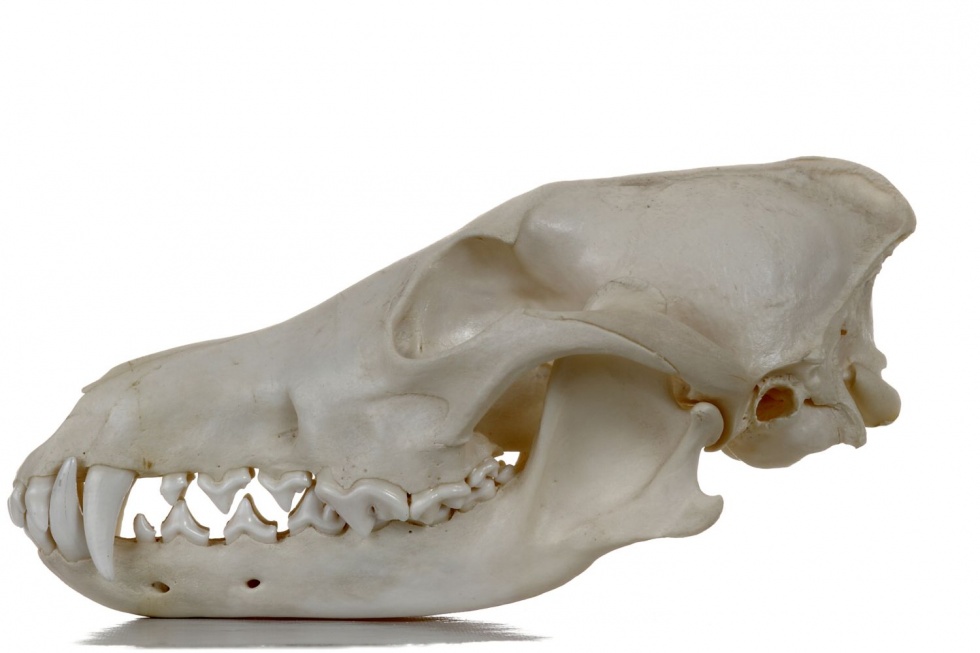Der Kojote ist einer der am weitesten verbreiteten Wildhunde Amerikas und kann von Mittelamerika im Süden bis nach Alaska im Norden gefunden werden. Im Gegensatz zu seinem großen Vetter, dem Wolf, bildet der Kojote keine Rudel, sondern jagt meist zu zweit oder in Familienverbänden. Der Kojote ist sehr anpassungsfähig und kann eine Vielzahl von Lebensräumen - vom Wald bis hin zu Farmland - besiedeln. Mittlerweile dringt er stellenweise bis in die Großstädte vor, wo er sich von Abfällen ernährt. Er profitierte in Amerika vielerorts vom Rückgang des Wolfes - seinem ärgsten Konkurrenten. Zahnformel: I 3/3, C 1/1, P 4/4, M 2/3 x 2 = 42.
en

